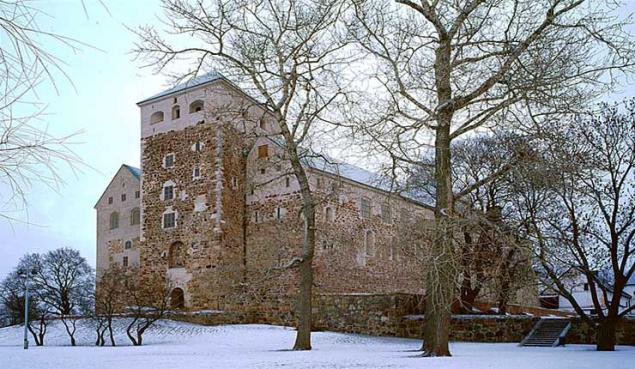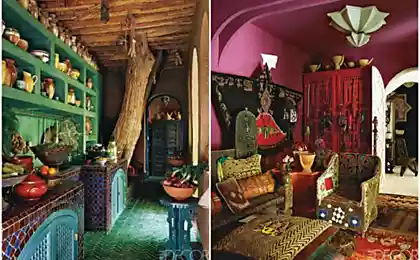855
Romanesque

The style originated in Europe in the X century and ruled until the XIII century. Ancient Rome had a tremendous influence on the development of culture and art of the peoples conquered an empire. Roman Latin, having lexical richness, brevity and accuracy of expression is the basis for many European languages - Italian, French, Romanian, Spanish - and a kind of key to the whole European culture. Romanesque style in architecture, as well as romance songs - songs - its name inherited from the Romans.
Temples were built «Modo Romano» - to Roman rule. A sample was taken a house of worship of the early Christians - the traditional Roman basilica - a large, roomy, strict building built of well-hewn stone blocks. Most often used as an overlay on a stone barrel vault; thick walls were necessary in order to withstand a lot of weight. Calculate the necessary safety reserves builders did not know how, and vaults were obtained clumsy, massive. Architects Romanesque arch design used in the form of cross-wise: each square of the ceiling formed by four columns, covered the two intersecting half-cylinders. To ease the burden on the walls additionally threw four more arches on the sides of the square. The space between the ribs filled with lightweight thin stone slabs. It was an innovation that would later get a great development in the Gothic style of architecture.
In medieval architecture column - one of the most important elements of the design and decoration of the temple. Romance wizard alternating columns, pillars, half-columns achieved amazing experience of musical rhythm. Features massive architecture reshaped capitals. The architects used a truncated pyramid, putting her narrow base to the top of the column. The result was an entirely new, nothing on similar capital.
For the architects of the Middle Ages - the arch - a favorite item favorite piece of jewelry. Often one arch covers another or even several small. So usually built windows: two small arochki general small colony in the middle of the frame with a high arch. In portals door arches form a recess in the thickness of the wall, gradually decreasing. They decorate the arch and at the same time emphasize the strength of masonry. Small machined arochki on small semi-colonies, as a necklace surrounding buildings under the roof.























